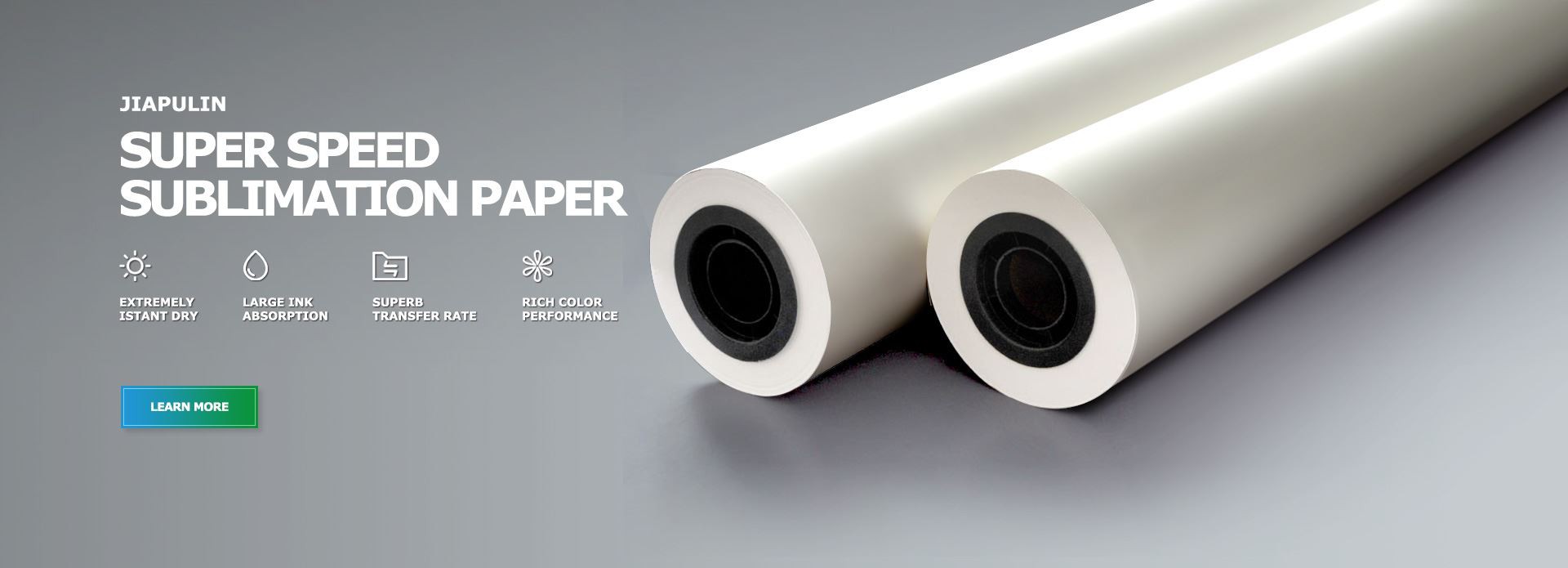The Tightening Of Timber Supply At Home And Abroad Will Become More Obvious
Oct 16, 2021
Since 2012, China's timber imports have shown a momentum of rapid growth, and timber imports have continued to increase. Fujian Putian Port is the largest waterway port for log imports in China. Recently, the statistics released by Fujian Putian Entry-Exit Inspection and Quarantine Bureau show that in the first half of 2011, Putian Port quarantined a total of 118,900 cubic meters of imported logs, with a value of 18.522 million US dollars.
Since 2012, China's timber imports have shown a momentum of rapid growth, and timber imports have continued to increase. Fujian Putian Port is the largest waterway port for log imports in China. Recently, the statistics released by the Putian Entry-Exit Inspection and Quarantine Bureau of Fujian showed that in the first half of 2011, Putian Port quarantined a total of 118,900 cubic meters of imported logs, with a value of 18.522 million US dollars, an increase of 58.5% and 64% over the same period last year.
The massive increase in imports has triggered concerns from all walks of life about China's timber supply. Not long ago, RISI, a global supplier of forest products, predicted that by 2015, China’s timber supply deficit (its imports of logs and round logs are equivalent to imports of major products such as wood, planks, wood shavings, and wood pulp) will From 107 million cubic meters in 2009 to 182 million cubic meters.
Analysis on the domestic and foreign timber market in 2012
In just two years, China's timber imports have more than doubled. In addition, since the beginning of this year, the global timber resource shortage has been signaled continuously, and the price increase of imported timber is no longer news. Industry insiders pointed out that Southeast Asia, Africa, North America, and Russia have always been China’s main sources of timber imports. However, due to the combined effect of resource reduction, national policy restrictions, exchange rate and transportation costs, the timber prices in these regions Compared with the previous two years, the shortage of raw materials in China's timber and related industries is imminent.
The tightening of timber supply at home and abroad will become more obvious
Nowadays, the gradual decrease of the world's forest resources is an indisputable fact. Since last year, domestic and the world's major timber producing countries have frequently introduced strict timber export control policies. While protecting their own forest resources, they have also led to a sharp decrease in the amount of timber, especially logs, that can be exported. In the first half of this year, some countries in Southeast Asia have implemented the timber seal policy, intensified the control of timber exports, and strictly restricted the timber export volume of each port. This not only caused the timber export volume in these areas to drop sharply compared with previous years, but also made the supply of downstream markets more tightly available, especially popular varieties such as Pontianak, saccharum, golden grapefruit, and Casilla, the supply of which is even more surprising. lack.
Recently, a notice from the China Forest Products Industry Association pointed out that the rare and endangered tree species such as Dalbergia and Ebony in Madagascar are rapidly declining, which has attracted the attention of many countries. These tree species are the main raw materials for traditional mahogany furniture, and their reduction will have a greater impact on the high-end classical furniture market. Looking at the domestic wood industry, after the country has implemented natural protection projects and banned and restricted logging in forest areas, the domestic supply of wood suitable for making furniture is declining. It is reported that major timber producing provinces such as Jilin, Yunnan, and Guangxi all indicated that forestry production has been drastically reduced. Industry insiders pointed out that in the future, the tightening of timber supplies at home and abroad will become more apparent.







